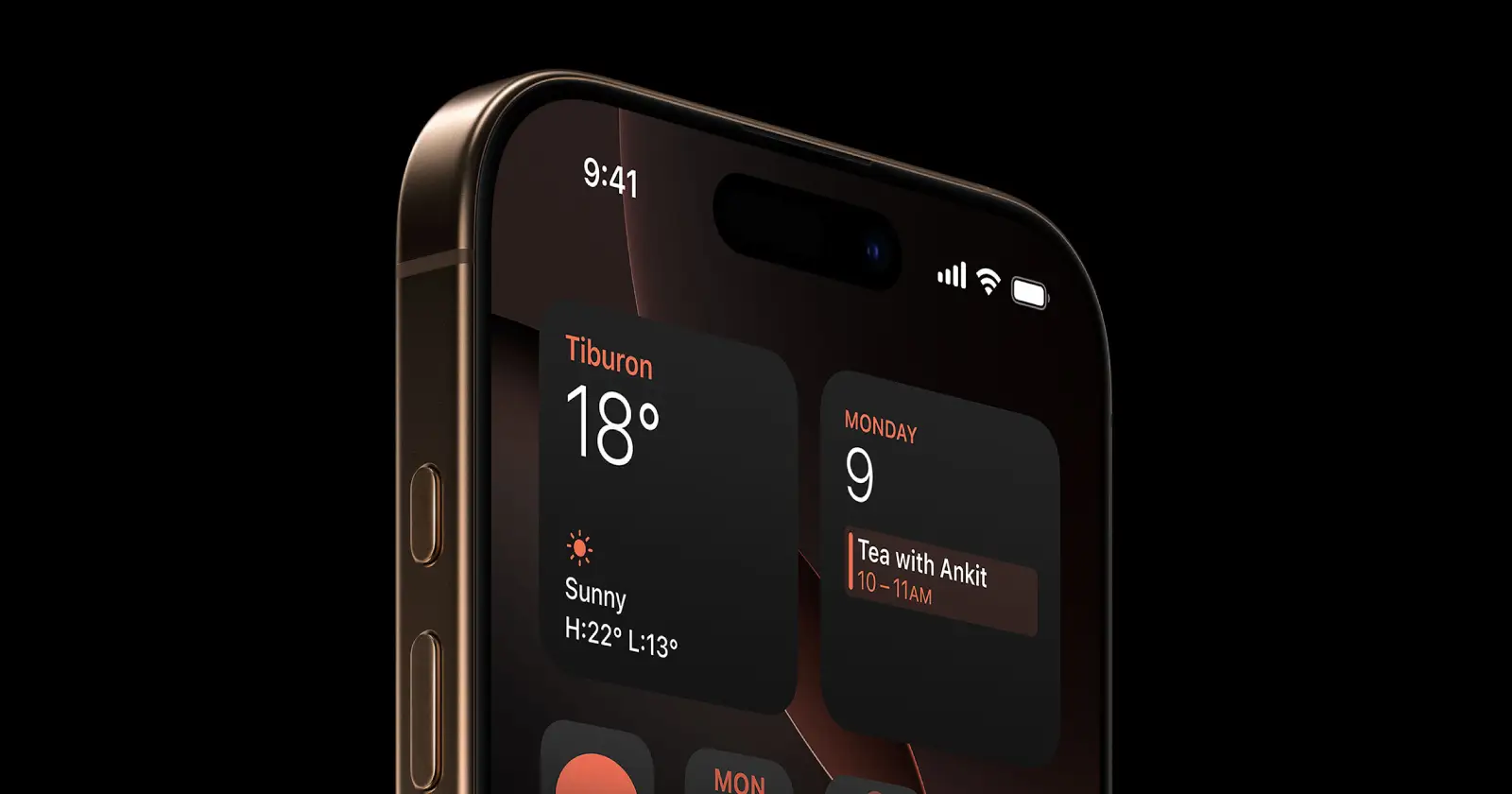The iPhone 16 series seems off to a rough start. First, they don’t currently have any of the Apple Intelligence features the company showed off at its launch event. Second, as more buyers are getting their hands on the devices, we’re seeing a number of bugs and issues being reported. For instance, many users are experiencing a touchscreen bug. Others highlighted some camera concerns. And now, we’re starting to see reports about performance issues on the iPhone 16 series.
One of the most common problems being flagged is lagging and freezing during everyday tasks. Users have described delays when switching between apps, launching the camera, and even while typing. For a phone powered by the new A18 chip, this comes as a surprise, as Apple touted significant performance gains during its launch event.
A user on Reddit expressed their frustration, saying, “Upgraded from 14 pro max to 16 Pro Max. When closing apps it stutters like hell. Interestingly, my wife’s does not! Same upgrade for her. The only difference she’s bothered phones were 512GBs.”
There are even reports from a few users who mention that they’ve noticed terrible freezes or lag after they restored the device via an iCloud backup. Some have speculated that new features in iOS 18 may be putting a strain on the hardware, but without a clear answer from Apple, users are left guessing.
While there’s no official acknowledgment from Apple, some users apparently managed to fix the issue by changing their wallpaper. Those who are experiencing lag on the home screen can simply change the default live wallpaper to any other picture.
It’s not immediately clear why the live wallpaper might be bogging down the performance, especially considering that live wallpapers work just fine even on older hardware. So it’s strange that a mere live wallpaper is loading up the SoC to the point where the phone starts lagging. There’s likely something else going on behind the scenes that’ll need a quick fix.
Other users claim that they reset their iPhones, and used the phone-to-phone transfer method instead of iCloud, and it worked perfectly after that. As more users share their experiences, Apple will likely release an official statement or, at the very least, a software patch to address the performance issues. We’ll keep track of any further developments and will update the article if and when there’s something to share. In the meantime, do let us know if any of the two workarounds mentioned above worked for you.
TechIssuesToday primarily focuses on publishing 'breaking' or 'exclusive' tech news. This means, we are usually the first news website on the whole Internet to highlight the topics we cover daily. So far, our stories have been picked up by many mainstream technology publications like The Verge, Macrumors, Forbes, etc. To know more, head here.


